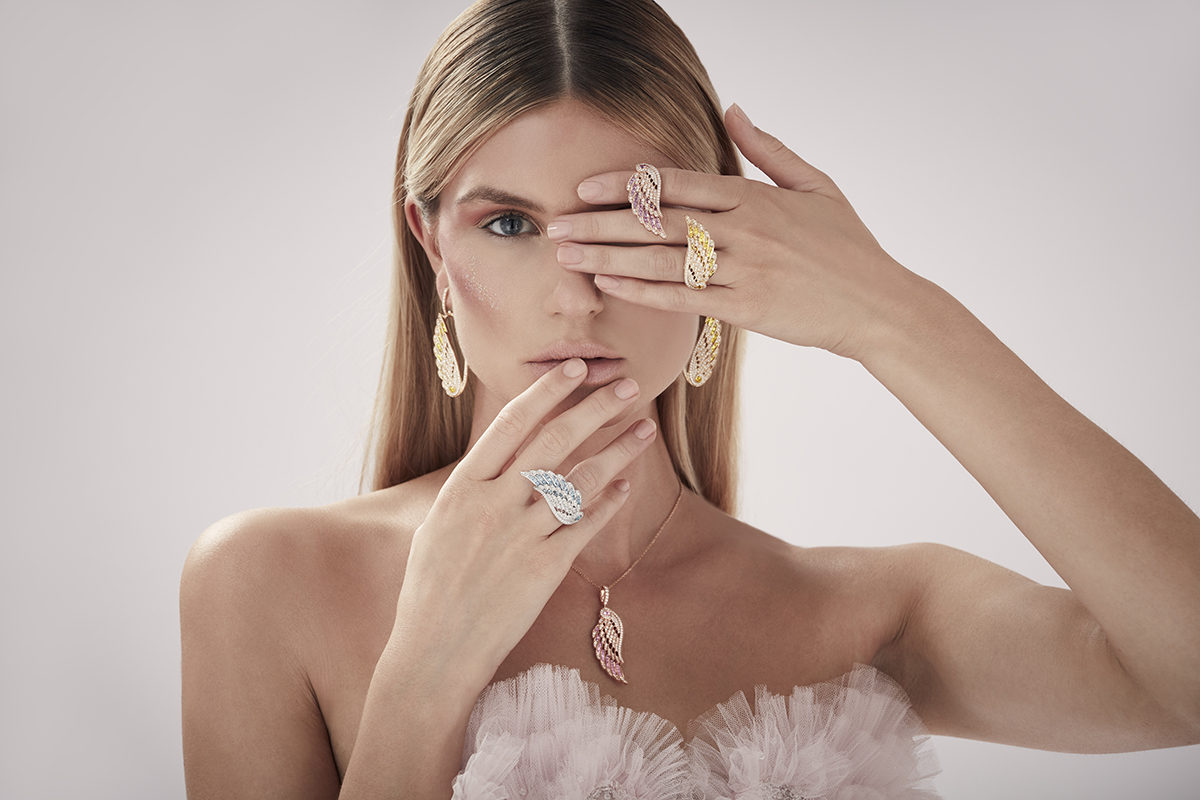
Sophie Toh represents several luxury brands, including House of Garrard (pictured above)
Sophie Toh began her career in London’s luxury PR industry before moving to the United Arab Emirates where she established her own agency TOH. Last year, TOH was acquired by leading global luxury communications agency PRCo, placing Sophie at the helm as Group Director. Here, she discusses marketing trends, misconceptions, and the influence of media
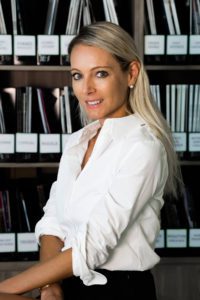 1. What first drew you to the world of PR and specifically, the luxury industry?
1. What first drew you to the world of PR and specifically, the luxury industry?
Growing up, I was heavily influenced by the eighties vogue for big phones, big hair and bigger egos. My first choice for a career was therefore advertising, which struck me as encapsulating the glamour, gloss and unashamedly commercial spirit of the era. I mellowed a little by the time it came to university, where, as a new politics student, I was fascinated by the focus on communications in the Blair cabinet, and decided to become a ‘spin doctor’. I diligently applied to all the political PR agencies in PR Week and found one woman ready to give me a month’s paid trial. The only small issue was that she wanted me to work on the Harvey Nichols and Bureau de Champagne accounts. Undeterred, I accepted, and I suppose subsequently fell into the luxury world.
Follow LUX on Instagram: luxthemagazine
2. How have marketing trends changed in recent years?
We’re now speaking to consumers who learned to swipe iPhones before they can speak, and who can spot a direct sales pitch or #sponsoredpost a mile off. That’s the beauty of what we do – it’s so adaptable and fluid, strategies can change direction in line with consumer trends as quickly as you need them to. And currently, in the pandemic era, we’re seeing a huge amount of pivoting by brands and individuals trying to stay on top of the socio-economic context. I truly believe that there will always be a role for communications professionals.
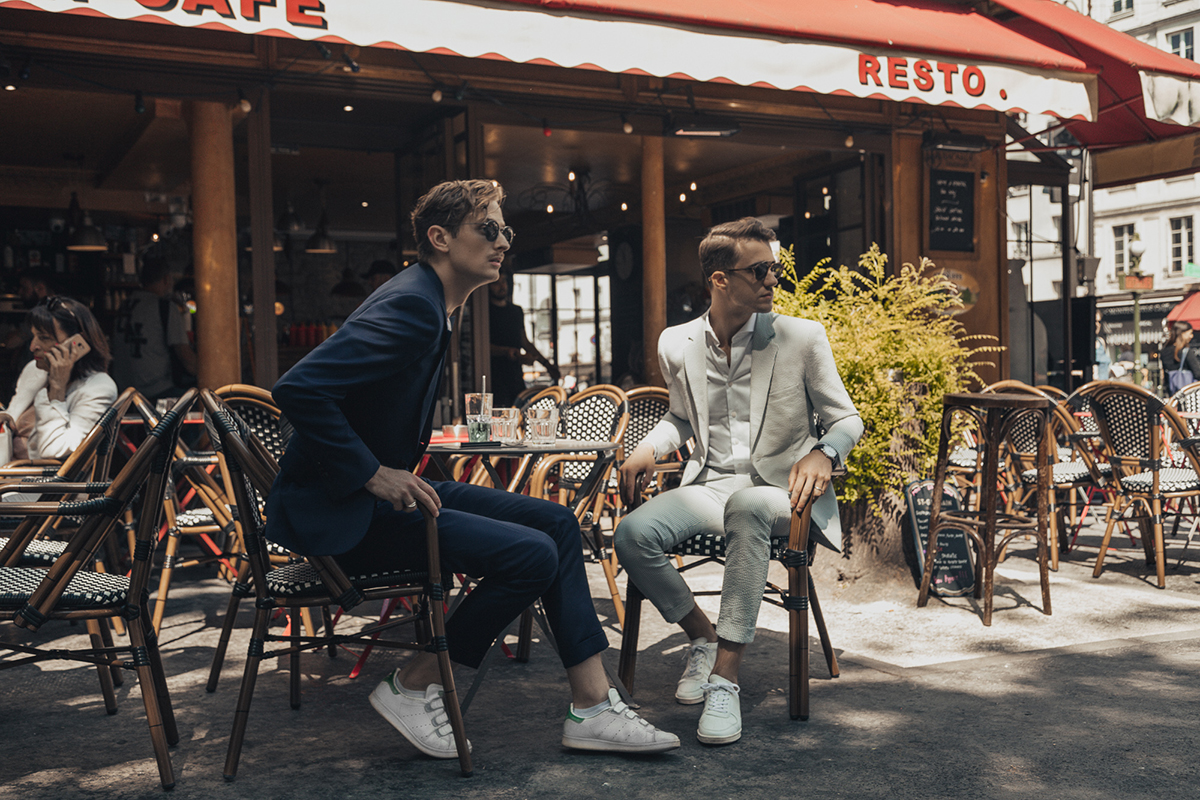
Luxury tailors Atelier NA Paris are also on Sophie’s client list
3. What’s the biggest misconception about the industry?
I suppose that we’re all still busily running around promoting Harvey Nichols and champagne houses! Public relations is so much more than press releases and parties, and I think people underestimate how much experience and knowledge it takes to deliver a successful communications strategy, and equally how much influence the media and digital worlds have – good and bad.
Read more: Activist José Soares dos Santos on environmental responsibility
4. Do you have a formula for success, or do your processes change according to the project?
Our most successful work has come from a mixture of deep experience for the specific sector the client operates in, and a creative approach that can only come from real passion and insight. Enthusiasm for a client can certainly grow, but when it’s there from the start, it’s hard to beat.

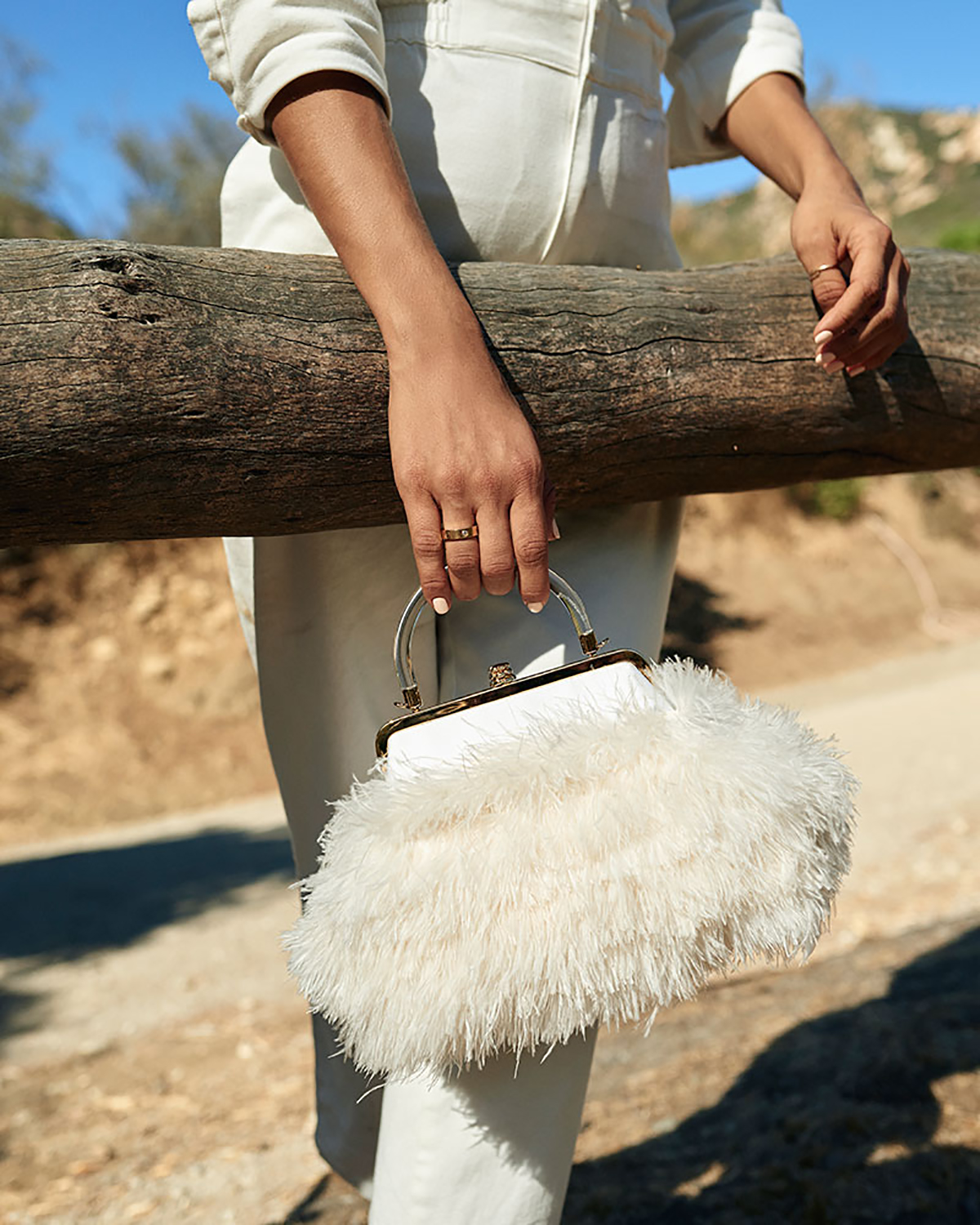
SHA wellness clinic in Alicante, Spain (above) and handbag designer Tyler Ellis are amongst Sophie’s luxury clients
5. What’s the most valuable lesson you’ve learnt over the course of your career?
That it’s a race, not a sprint. And to never compare – either past successes with today’s, or yourself with other people. I am always immensely grateful for every day and every opportunity it brings, even on the worst of days and in times such as now. There’s no point committing to a career if you can’t also commit to finding the fun in it.
6. Where do you dream of travelling to when the world reopens?
So many places… I have a need to completely roam the world. But first to London, where my large, unruly but brilliant family awaits….
Find out more: prco.com

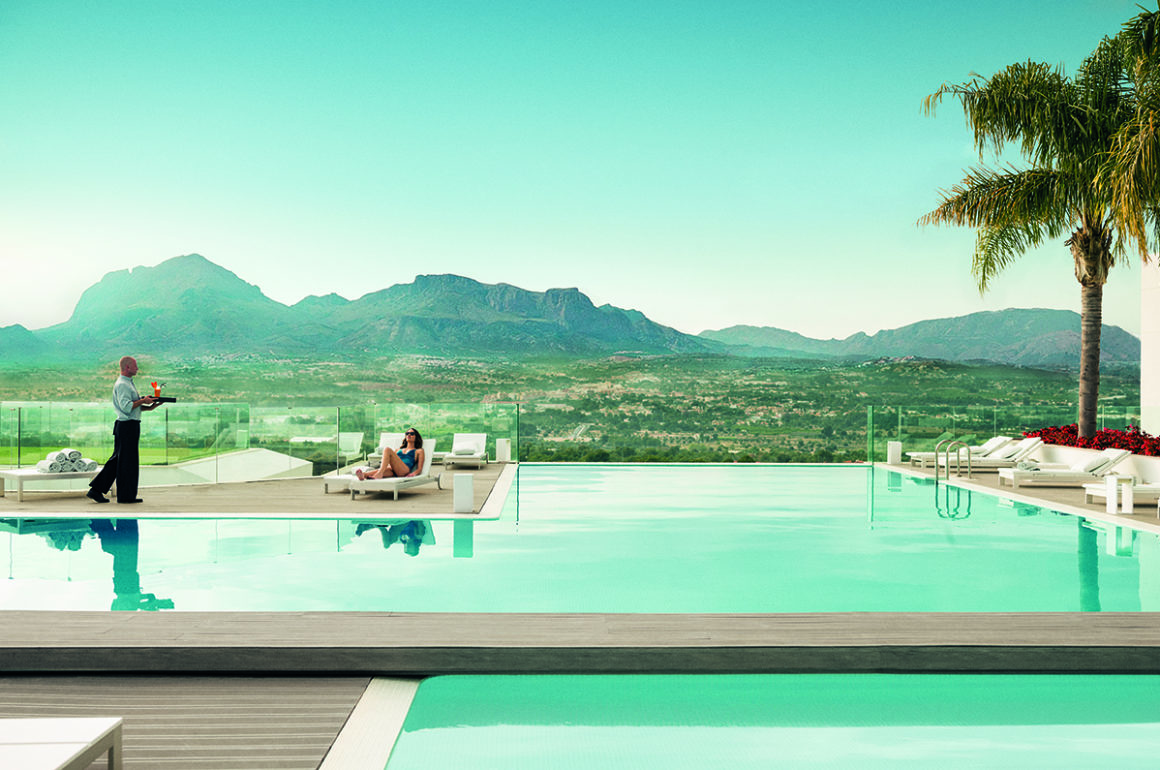
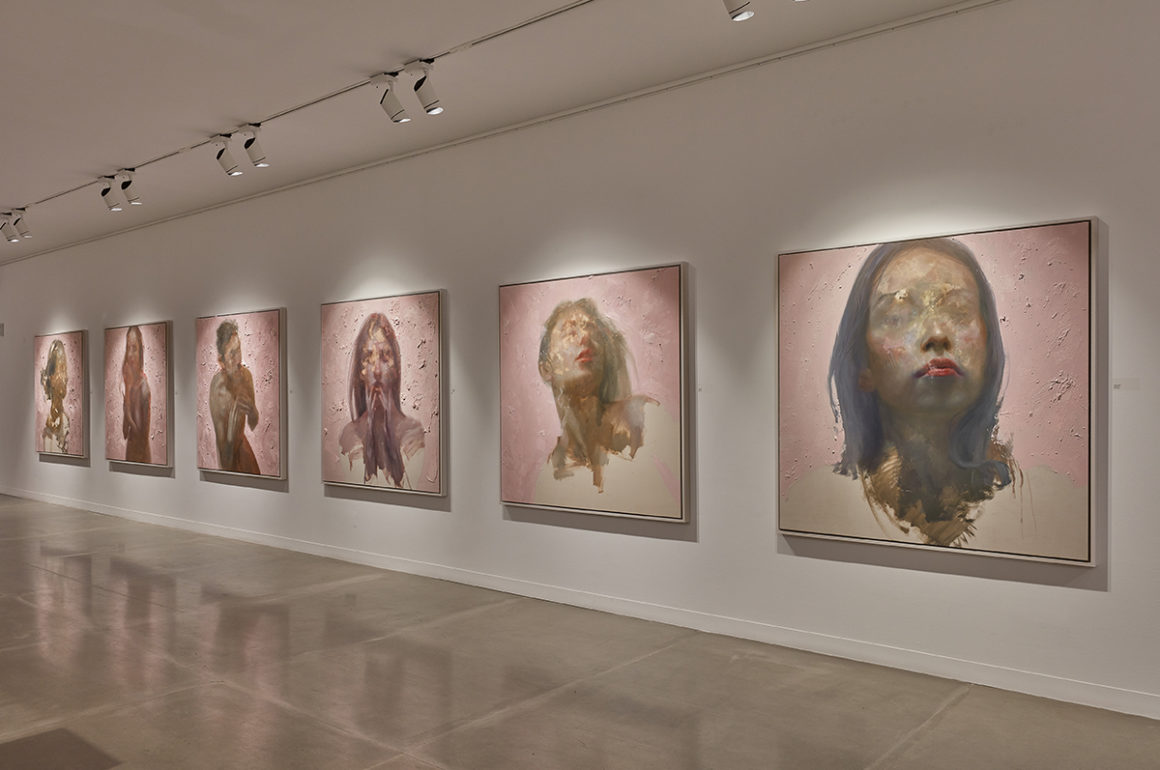
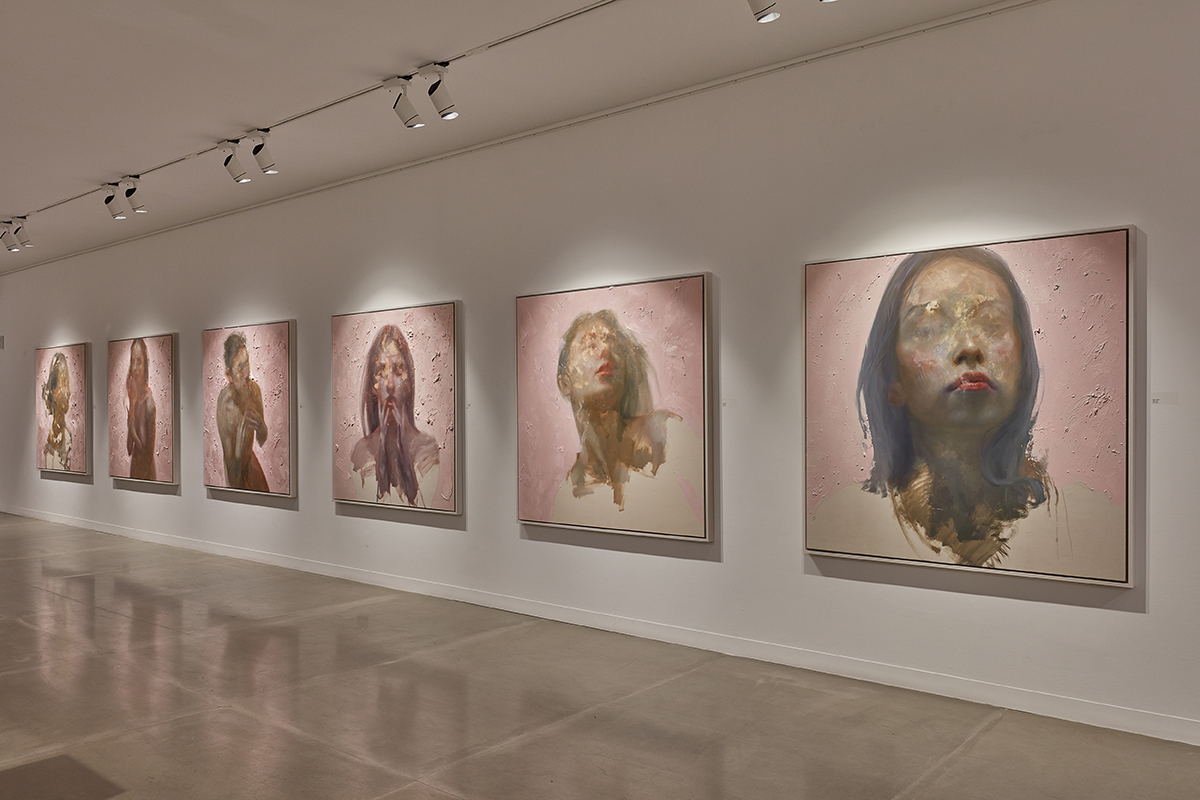
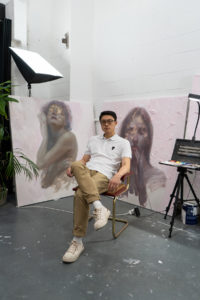
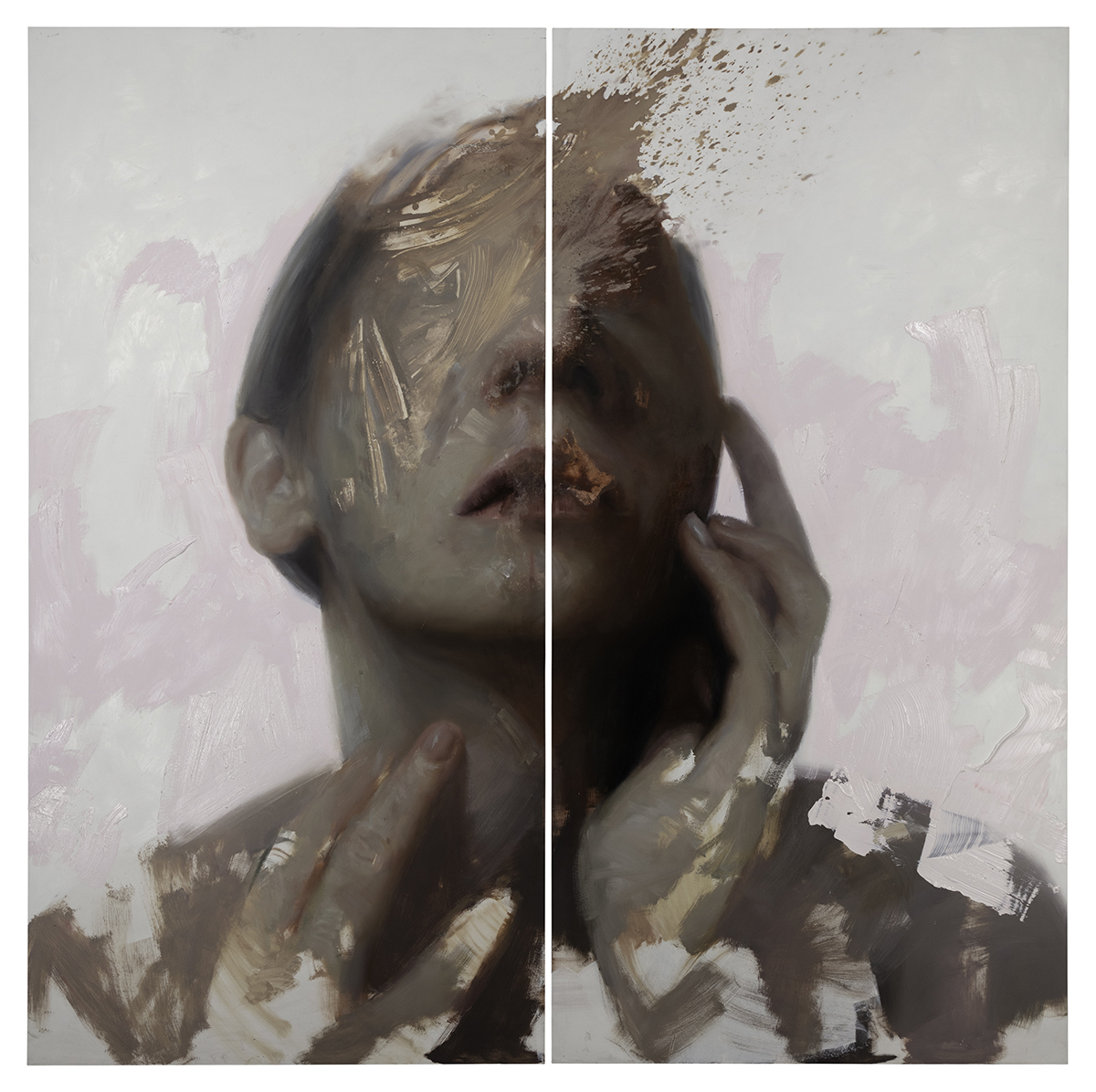
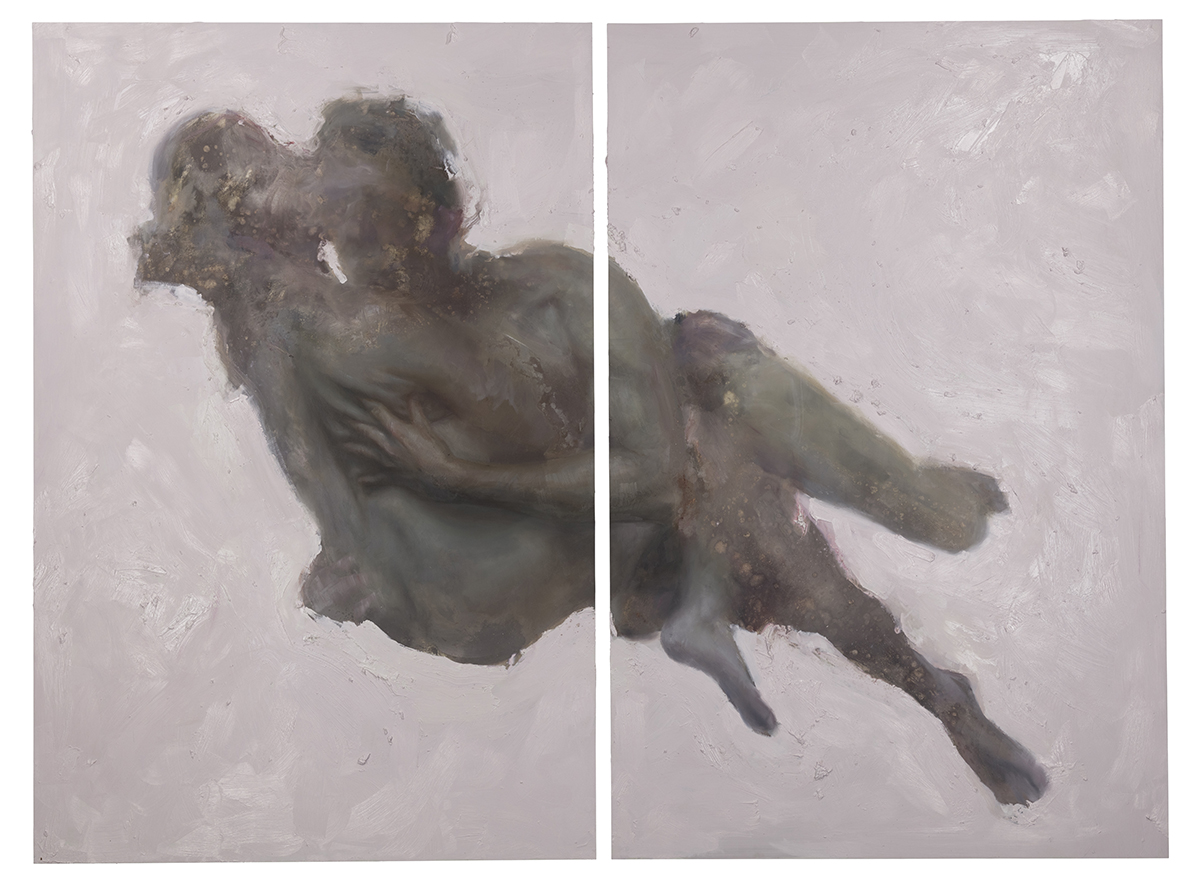





Recent Comments